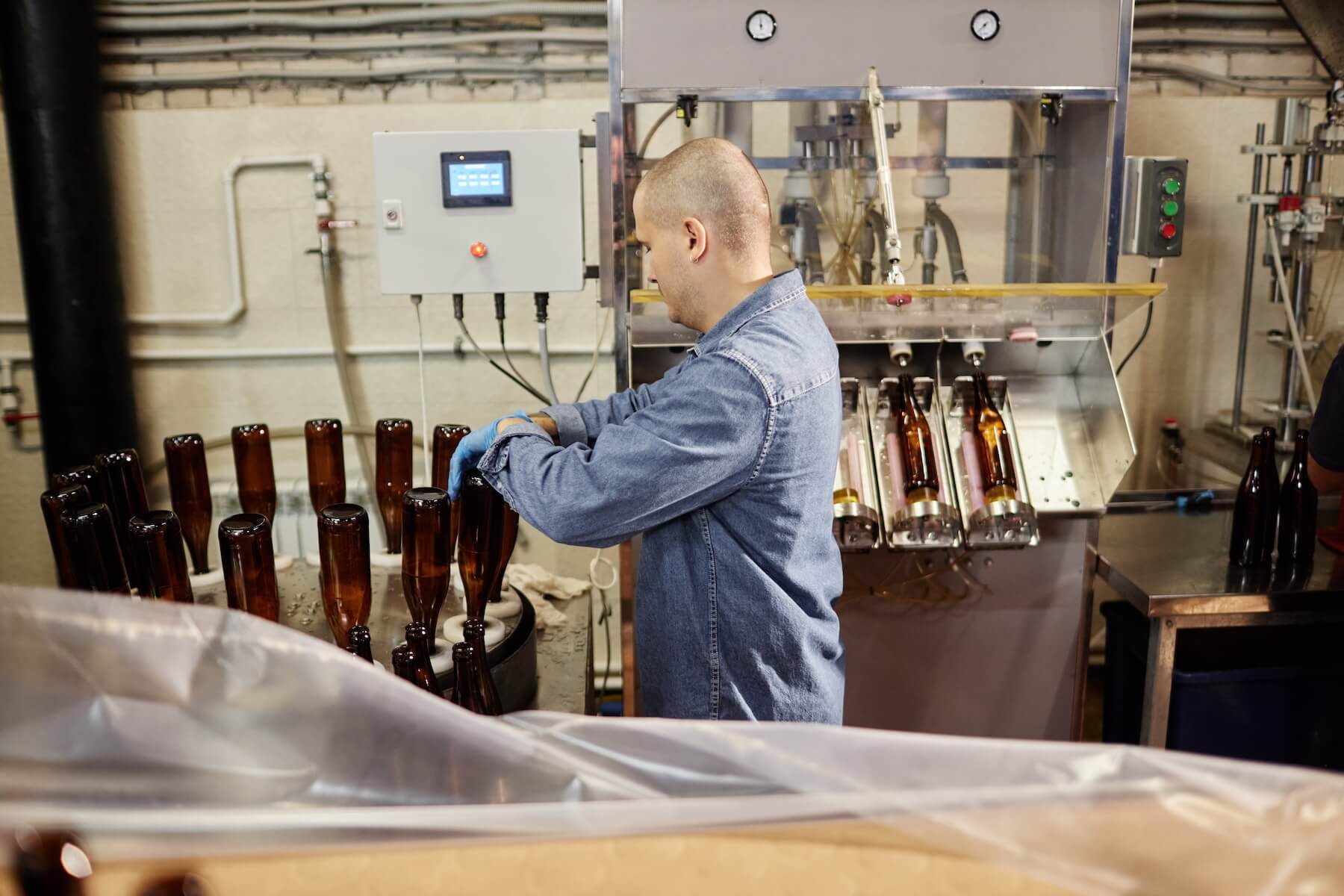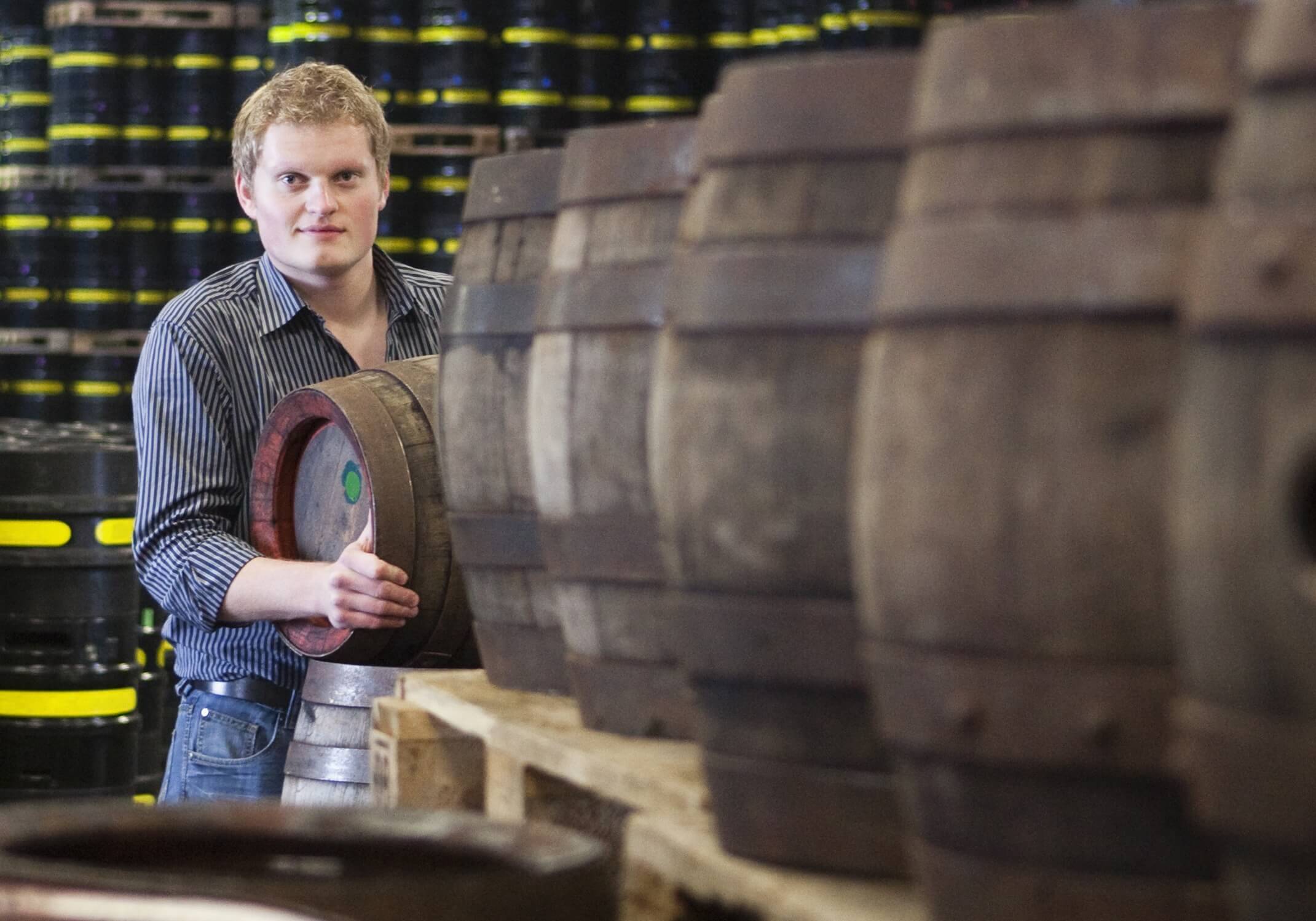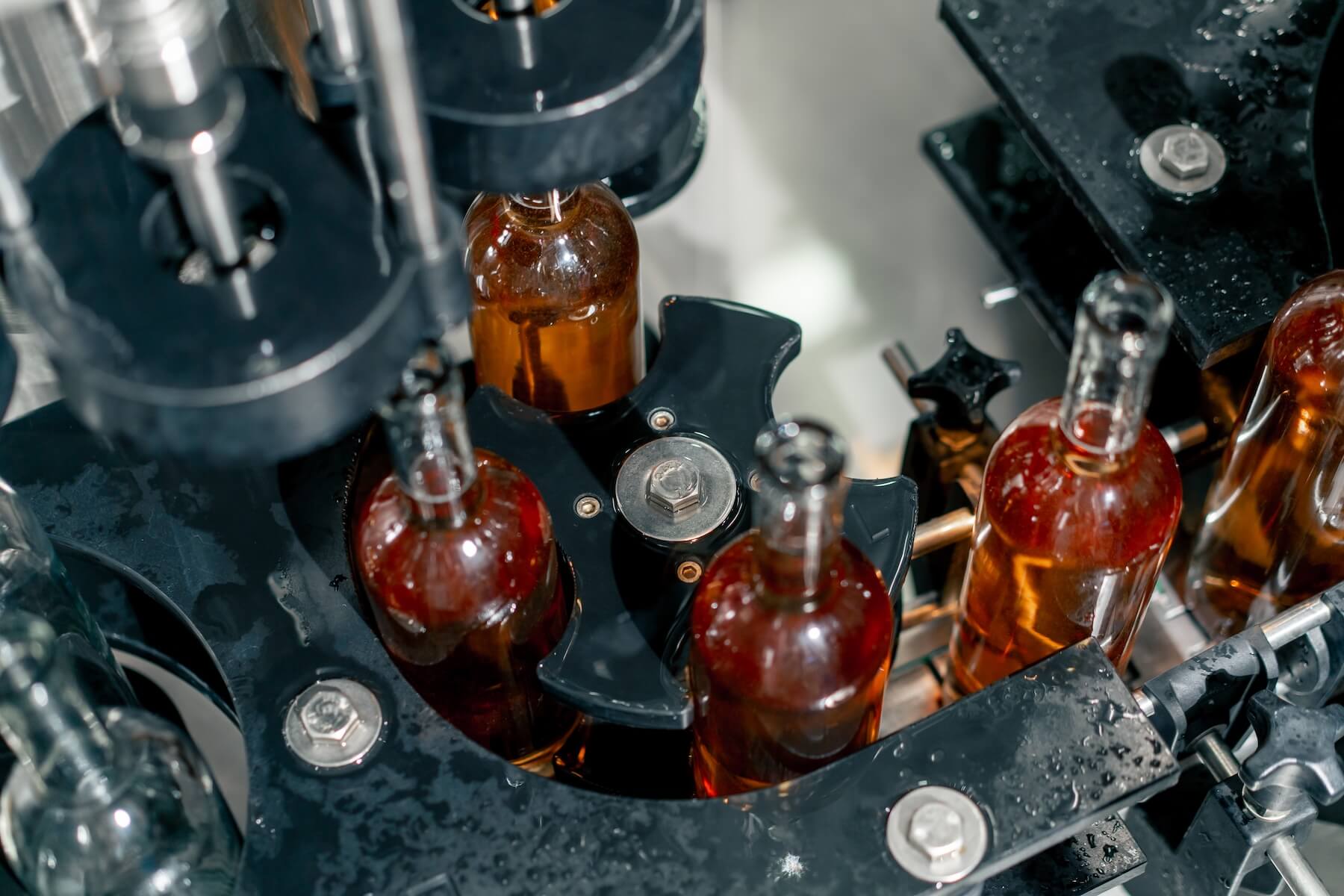Your warehouse is a vault of liquid assets — literally. But for too many beverage companies, that vault has become a cash trap where capital is left to age, expire and eventually get written off. Between misallocated batches, phantom inventory and stockouts that kill sales momentum, inventory inefficiency quietly bleeds operations dry.
Here’s what inventory chaos looks like on the ground: Your production team thinks there are 500 cases of your flagship IPA ready to ship, but the warehouse count shows 350. Finance has 425 on the books. Meanwhile, 200 cases of limited-release barrel-aged stout are approaching expiration in the back corner, forgotten after a canceled distributor order. Your fastest-moving SKU stocks out at your biggest account while slow-movers consume valuable tank space. Each miscount, each write-off, each emergency shipment is money evaporating from your bottom line.
The deeper damage isn’t just the immediate loss — it’s the compound effect. When you can’t trust your counts, you overorder raw materials “just in case,” tying up more cash. You keep higher safety stock to avoid stockouts, increasing carrying costs. You expedite shipments to cover inventory gaps, destroying margins. You write off expired product that proper rotation would have sold. This isn’t inventory management — it’s organized chaos disguised as operations.
The True Cost of Inventory Inefficiency
Let’s quantify the bleeding. Industry benchmarks show beverage companies typically carry 20-30% more inventory than necessary due to poor visibility. For a mid-sized operation with $5 million in annual inventory, that’s $1-1.5 million in excess stock tying up working capital. Add 2-5% annual write-offs from expiration and damage, and you’re destroying $100,000-$250,000 in finished goods value.
But those are just the visible wounds. The hidden costs multiply: expedited freight averaging 3x normal shipping rates when stockouts threaten key accounts, production overtime when inventory planning fails, or lost sales when your hottest SKU goes dark for two weeks. Customer relationships damaged by inconsistent availability rarely show up on the P&L, but they determine whether you’re growing or dying.
Big Easy Blends understands the vital importance of accurate inventory counts in a multi-location operation. Co-founder and CFO Craig Cordes described their transformation: “At any given time, I can see what’s in transit, what’s on hand and what’s shipped… I can see it by lot. Crafted ERP offers the ability to track every single raw material to finished goods by lot very seamlessly across multiple locations and multiple products.” That visibility didn’t just improve operations — it fundamentally changed how they manage cash flow and customer commitments.
Inventory Optimization ROI Opportunities That Deliver Returns
Modern beverage ERP transforms inventory from a necessary evil into a strategic asset. Here’s where the ROI materializes:
- Real-time visibility across all locations: Live inventory tracking eliminates the guessing game. When production, warehouse, sales and finance all see the same numbers in real-time, the “true” count isn’t a mystery solved through painful reconciliation — it’s a known fact. Automated cycle counting maintains accuracy without disrupting operations. Tank management tracks work-in-process value accurately. Multi-location brands finally see the full picture, enabling intelligent transfers instead of duplicate orders.
- Intelligent rotation and expiration management: FEFO (First Expired, First Out) logic ensures older product moves first, dramatically reducing write-offs. The system tracks production dates, best-by dates and hold times, automatically prioritizing shipments to minimize waste. When seasonal products near expiration, alerts trigger promotional strategies while there’s still time to move inventory.
- Demand planning that actually works: Historical trend analysis combined with seasonal patterns and promotional calendars creates forecasts grounded in reality, not wishful thinking. The system learns your velocity patterns, adjusts for market conditions, and helps you maintain optimal stock levels — enough to meet demand without drowning in excess inventory. Stockout frequency drops while carrying costs decrease, the operational equivalent of having your cake and eating it too.
- Supply chain synchronization: When inventory data flows seamlessly from production through distribution, the entire chain becomes more efficient. Raw material planning aligns with production schedules. Packaging arrivals match bottling runs. Finished goods availability drives accurate promise dates. The bullwhip effect, which amplifies small demand changes into massive supply swings, is mitigated by data-driven planning.
Building Inventory ROI That Sticks
Successful inventory optimization requires more than software — it demands process discipline, labor efficiency and cultural change. Start by establishing baseline metrics: document current inventory accuracy rates, measure write-off percentages, and calculate stockout frequency. This creates your ROI scorecard and identifies the most significant opportunities.
Start with your highest-value, fastest-moving SKUs. These products offer the quickest wins and the most painful stockout consequences. Once the team sees improved availability and reduced expediting on core products, expanding the system to specialty and seasonal items meets less resistance.
Create accountability structures that reinforce accuracy. Assign cycle count responsibilities, establish variance investigation protocols, and celebrate accuracy improvements. When discrepancies arise, treat them as opportunities for process improvement, not blame sessions. The goal is systematic accuracy, not perfect humans.
Integration sequencing matters. Connect production systems first to capture real-time updates, then link warehouse management for depletion tracking, and integrate point-of-sale data for demand signals. Each integration layer adds visibility and reduces latency between reality and recorded data.
Measuring Success: Inventory Metrics That Matter
Inventory optimization success appears in multiple metrics. The obvious wins are easy to track: inventory accuracy climbing above 95%, obsolescence write-offs dropping 50-70%, stockout incidents declining to near zero. Days Inventory Outstanding (DIO) improvements directly impact cash flow as you convert idle stock to working capital.
But the strategic indicators reveal a more profound transformation. Order fill rates approaching 98%+ signal reliable operations that build customer trust. Inventory turns accelerating from 6x to 10x annually demonstrate efficiency gains. Working capital released from excess inventory funds growth initiatives without external financing.
The most successful implementations see significant reductions in total inventory investment while actually improving service levels. That paradox — less inventory, better availability — showcases the power of visibility and intelligence over buffer stock and guesswork. Cash conversion cycles compress as you collect receivables faster and pay payables slower, all while carrying less inventory.
The Competitive Power of Inventory Intelligence
In the beverage industry, inventory optimization isn’t just about cost control — it’s about market responsiveness. When you know exactly what is where, you can promise delivery with confidence. When you predict demand accurately, you can capture opportunities without overcommitting. When you minimize waste, you protect margins in a thin-margin industry.
The winners in today’s beverage market aren’t necessarily the ones with the most inventory — they’re the ones who turn inventory fastest. They’re converting raw materials to cash before competitors finish counting cases. They’re launching limited releases without fear of write-offs. They’re expanding distribution without multiplying safety stock.
Consider the strategic advantages: You enter new markets with confidence in your supply chain support. You negotiate with distributors from a position of strength, knowing your true capacity. You scale production based on demand signals, not desperate stockout prevention. You sleep soundly knowing expiration dates are managed systematically, not discovered accidentally.
Inventory optimization ROI extends beyond the quantifiable savings. It’s about transforming your largest assets from a static stockpile into a dynamic engine. It’s about replacing anxiety with confidence, confusion with clarity, and reaction with prediction. It’s about competing with intelligence while others wrestle with spreadsheets.
The clock is ticking on your inventory investment. Every day of excess stock is carrying cost accumulated. Every stockout is revenue deferred or lost. Every write-off is margin destroyed. Modern beverage ERP doesn’t just manage inventory — it optimizes the entire cash conversion cycle, turning your warehouse from a cash trap into a profit engine. The question isn’t whether you can afford to modernize inventory management. It’s how much longer you can afford not to. Ready to chat?







